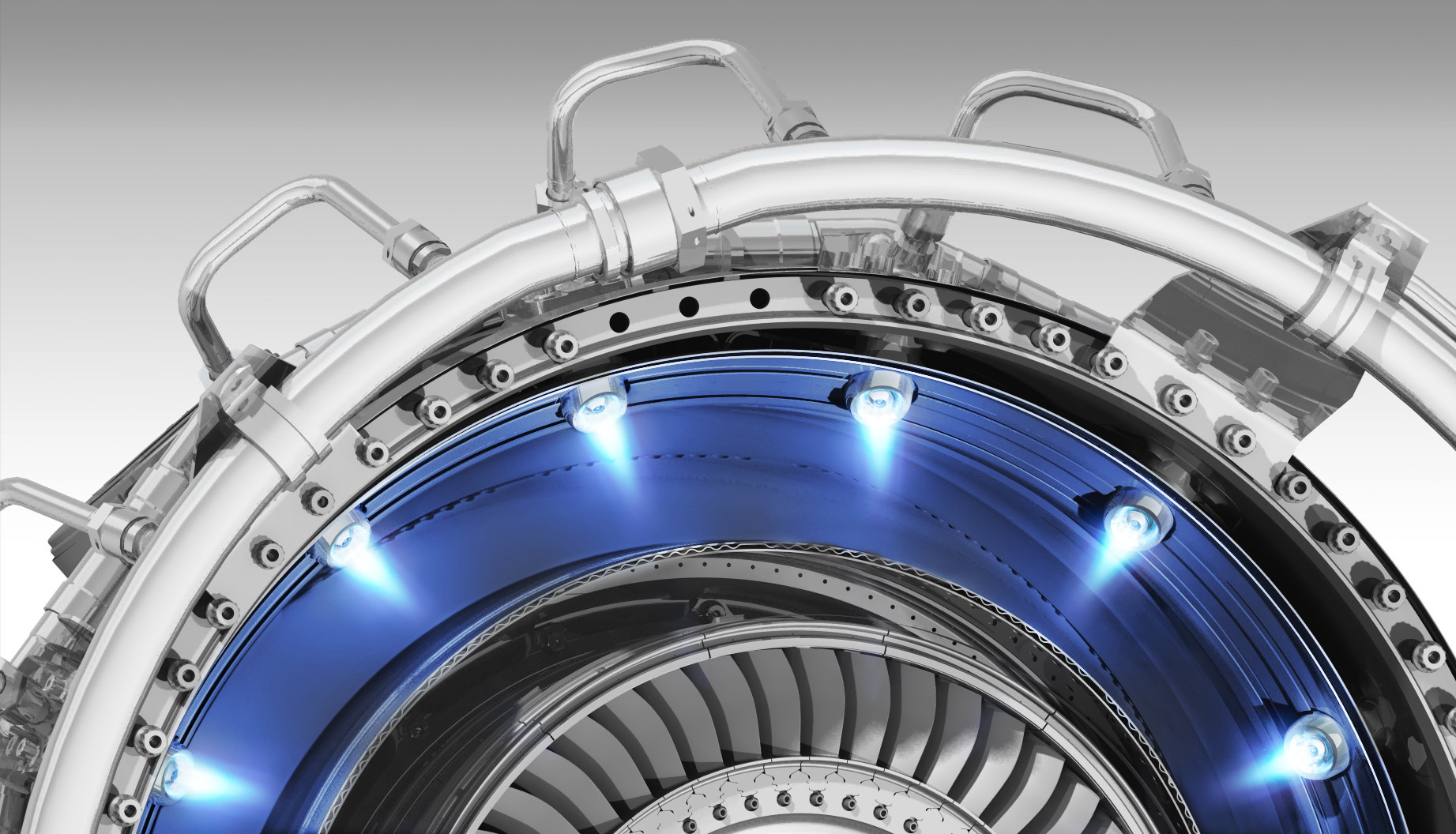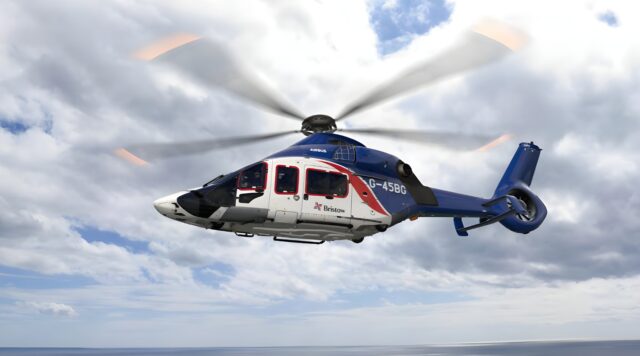RTX to demonstrate hydrogen-fuelled turboprop technology

Pratt & Whitney Canada is set to showcase hydrogen combustion technology on its PW127XT regional turboprop engine through a project backed by Canada’s Initiative for Sustainable Aviation Technology (INSAT).
This project, titled the Hydrogen Advanced Design Engine Study (HyADES), partners with Next Hydrogen Solutions, which will contribute by developing high-efficiency, cost-effective electrolyzers essential for hydrogen production infrastructure.
The initial phase of HyADES funding will cover hydrogen-fuelled testing of fuel nozzles and combustor rigs, with plans for future phases to progress to full engine ground testing.
The PW127XT, launched in 2021, is Pratt & Whitney Canada’s most advanced model in the PW100 engine series, which has powered regional turboprop aircraft for over four decades, accumulating more than 220 million flight hours.
Compared to its predecessors, the PW127XT engine offers over 3% improved fuel efficiency, 40% longer time on wing, and 20% lower maintenance costs.
“This collaborative project with INSAT enables us to develop key technologies for future hydrogen powered aircraft and complements our wider efforts to advance aviation sustainability through a range of pathways, including continued improvements to engine efficiency, hybrid-electric propulsion and compatibility with sustainable aviation fuel (SAF),” said Edward Hoskin, vice president, Engineering, Pratt & Whitney Canada.
“While regional aviation represents one of the most promising use cases for hydrogen, the project will also demonstrate the versality of adapting the proven, highly efficient PW127XT turboprop engine to operate with low carbon alternative fuels and continues our legacy of technology leadership in this segment.”
In a second INSAT-backed initiative called Turbine Engine Advanced Materials for Efficiency (TEAME), Pratt & Whitney Canada will collaborate with Derivation Research Laboratory (DRL) to explore innovative materials for the high-temperature components of gas turbine engines, aiming to boost thermal efficiency while reducing fuel consumption and emissions.
Pratt & Whitney Canada will lead the project, overseeing technical direction and project management, while DRL will contribute its expertise in materials testing, focusing on essential properties for these advanced components.
“We are thrilled to collaborate with INSAT and Pratt & Whitney Canada on this project,” said Raveel Afzaal, president and CEO of Next Hydrogen Solutions Inc.
“The ability to produce green hydrogen at scale will be a critical enabler for reducing aviation CO2 emissions, whether using hydrogen as a direct fuel for combustion or as feedstock for SAF.”
















